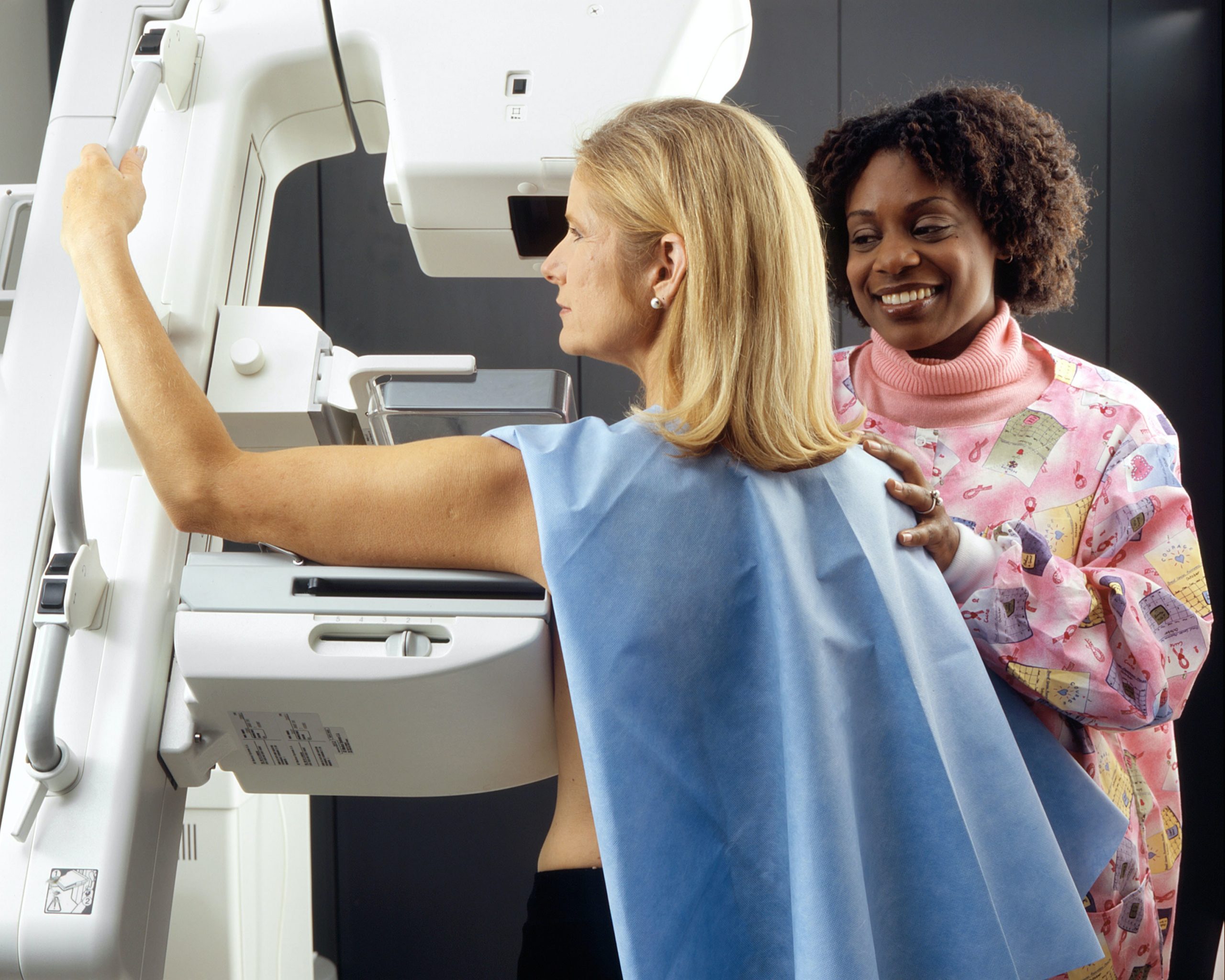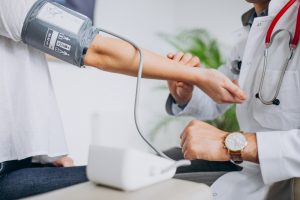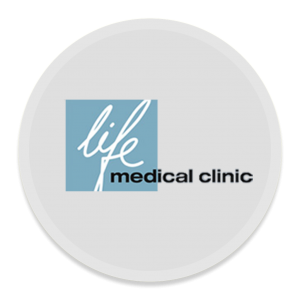Breast cancer is cancer that occurs in breast cells, most often in women, and very rarely in men. It is a serious disease and can often be life-threatening if not treated. For proper diagnosis and early detection, many precautions need to be taken. There are symptoms of breast cancer that manifest early on along with some early signs which you may be able to spot. In some cases, breast cancer can be painful, but it varies from one type, condition and person to another. You should not neglect any breast cancer warning signs and get a check-up done right away if you suspect anything. You should also make sure to consult your GP in emergency situations.
Regular health checkups always help in diagnosing and preventing medical problems and conditions. Many people have varying symptoms with regard to breast cancer. Some people may not witness any signs at all. Warning indications include new lumps in the breast or underarm, swelling or thickening of any part of the breast, redness or flaky skin in the nipple area or the breast, irritation or dimpling of the breast skin, nipple discharge other than breast milk, including blood, pulling in the nipple or pain in the nipple area, changes in the shape or size of the breast, and also pain in any other area of the breast. However, you should know that such symptoms may occur in scenarios that are not cancer, so for any symptoms or warning signs, make sure to visit the doctor without further delay.
You should know that no breast is absolutely normal or typical. What is normal for one woman may not always be normal for another. Most women report that their breasts may feel uneven or lumpy at times, which can also be due to hormonal changes. The way your breasts feel or look may be impacted by menstrual cycles, weight loss, weight gain, pregnancy and childbirth, or as a response to taking specific medication and so on. Breasts may also start changing as you age. Many conditions may lead to breast lumps, and cancer is just one of them. Oftentimes, most lumps are caused due to other kinds of medical conditions but these need to be diagnosed and treated as well so be sure not to ignore any changes in your body that you cannot explain. The commonest causes behind breast lumps are cysts and fibrocystic breast conditions. Fibrocystic conditions lead to noncancerous changes in the breasts which may lead to them becoming tender and lumpy. Cysts are smaller and fluid-filled sacs that may develop in the breast. You should always watch out for any lump in the breast even if they are initially painless, as they could indicate a tumour. Breast cancer detection can be a little tricky by physical signs alone, as, at the time of medical diagnosis, most women do not have any evident breast cancer warning signs. Instead, early signs are seen through imaging tests.
Mammograms
When the tumour is small, it is rarely visible to the naked eye or to the touch. Mammograms have a vital role to play as a result in breast cancer screening and detection. These are low-dose X-rays that may help in the detection of tumours in the breast well before it is large enough to lead to major symptoms. Tumours can be as small as a pencil tip at times or as large as lemons if they’ve gone undetected. Mammograms help in identifying tumours on the smaller end of any spectrum when they are yet to be felt or seen with the naked eye. Regularly undergoing mammograms will help in reliably detecting and treating breast cancer at an early stage, as per medical experts. Yet, mammograms cannot always catch every breast cancer case by themselves. Hence, you should always remain attentive to changes in your breasts and go for other methods of testing in addition to mammograms. Talk to your doctor or health expert to figure out at what age and how often you need to get screened and tested for breast cancer. Many factors have a bearing on your screening plan, not the least of which is a family history of breast cancer and personal health and lifestyle.
Self-Diagnosis Tips For Breast Cancer
One of the most important measures you can take for yourself is a regular self-exam of your breasts. Right from your early twenties, do a breast self-exam once a month. The first step is by facing the mirror, standing with your shoulders straight and the arms placed on the hips and observing your breasts. Look at the shape, size and colour of your breasts and make sure they are evenly shaped without any visible swelling or distortion or discolouration. If you see changes like dimpling, redness, rashes, swelling, soreness, puckering, bulging of skin and nipples changing positions or inverted nipples, then you should get in touch with the doctor the right way.
The second step is to raise your arms and seek out similar changes with your fingers prodding and gently poking your breasts. The third step is looking for any signs of any fluid that is coming out of either one or both the nipples. This may be blood or yellow fluid or a milky and watery discharge. The next step is feeling the breasts when you are lying down – place your right hand on the left breast and your left hand on the right breast. The touch should be smooth and firm in a circular motion. Cover the breast side to side and from top to bottom or from the collarbone to the top of the abdomen. Cover the full breast and look to reach into the deep tissues until you can feel all the way down to the ribcage as well. The final step is feeling the breasts while you are sitting or standing. This is the easiest way to feel the breasts when the skin is slippery and wet. Cover the entire breast and feel for any changes.




